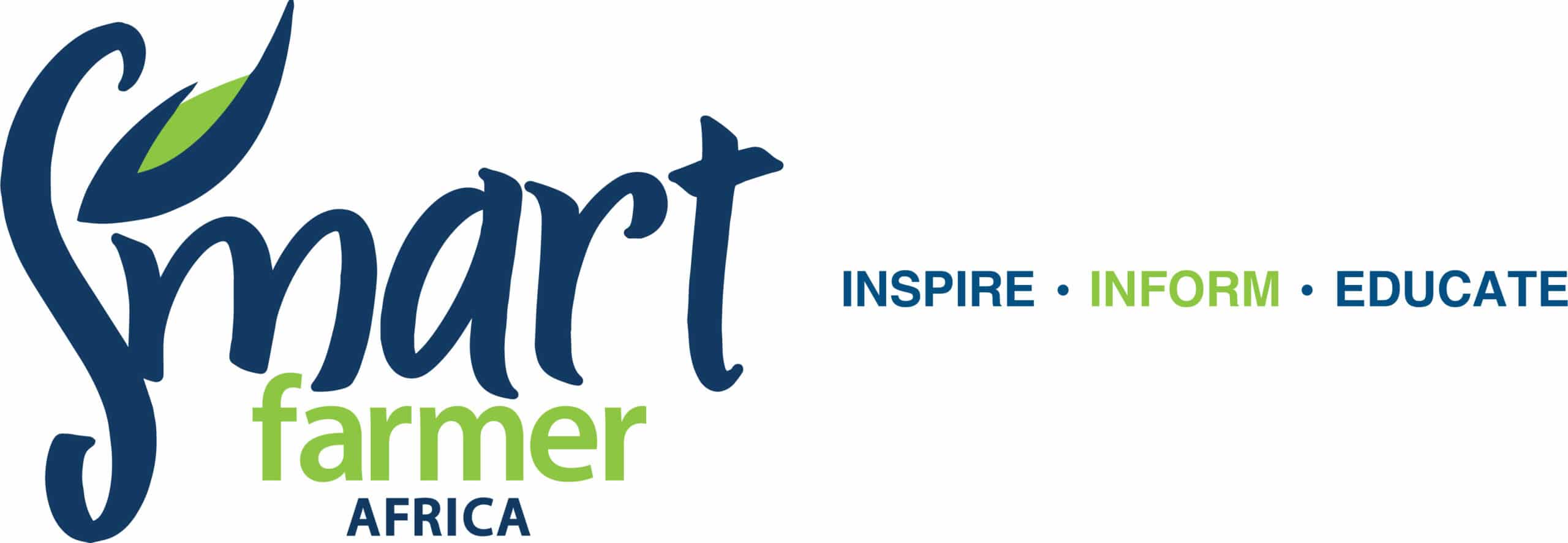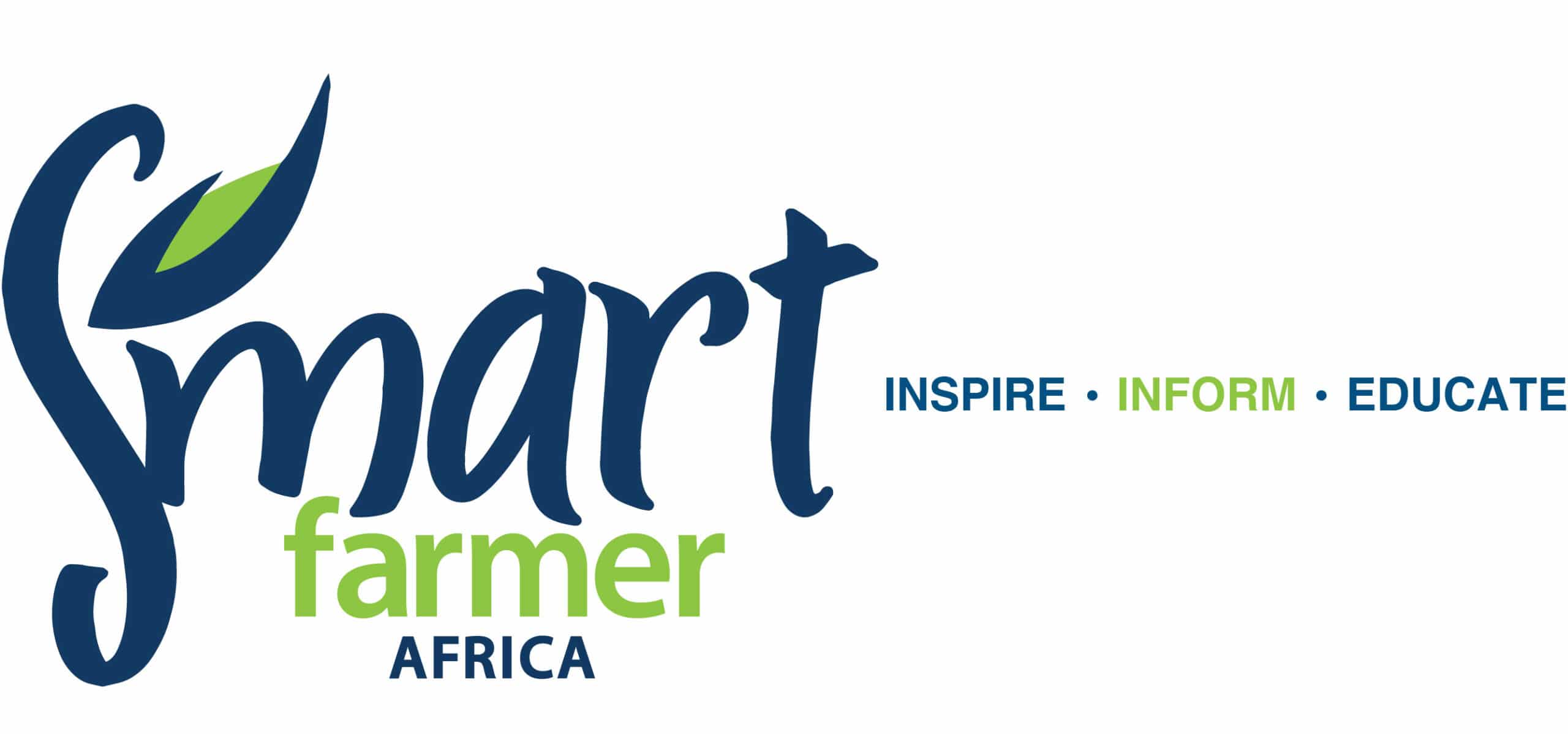Kenya Dairy Board’s principles of clean milk production
BY KENYA DAIRY BOARD
Raw milk is almost sterile at the point of secretion from the udder of a healthy cow. However, it is highly susceptible to microbial spoilage, hence the need to adopt clean milk production principles to avoid contamination
Characteristics of clean milk
- Normal composition and characteristic colour
- Free of debris, sediments, off-flavours, antibiotics,aflatoxins, and other chemical residues
- Low in bacterial numbers
Benefits of producing clean milk
By producing clean milk, dairy farmers benefit themselves and their customers. The benefits include:
- Acceptance of the milk by buyers such as cooperativesand processors
- Premium payments for high quality and safe rawmilk
- Reduced post-harvest losses of milk
- Protection of public health from potential riskssuch as pathogenic microorganisms and high residuallevels of antibiotics and aflatoxins.
- The milk can be processed into high-quality andsafe dairy products.
Principles of clean milk production
Good practices at the dairy farm can minimize potential sources of contamination of milk. These practices include:
1. Animal health management
- Regular examination of dairy herd to ensure theanimals are free from contagious diseases suchas brucellosis, mastitis, and tuberculosis;
- Identification and separation of sick animalsfrom healthy ones. Sick animals should be treated by qualified personnel;
- Regular vaccination of the herd as advised by aveterinary doctor.
2. Proper housing
- The cowshed should be well constructed to ward off extreme weather and well-drained to avoid stagnation of dung, urine, and water. Stagnation encourages the breeding of pathogens, which cause contamination Always keep the shed clean and regularly remove dung and other accumulated wastes;
- Remove remains of fodder and feeds;
- Clean the feeding and watering troughs before every feeding session;
- Ensure each animal has enough space for feeding, sleeping, and exercising.
3. Hygiene of milking equipment and utensils
- Milking equipment and utensils should be made from food-grade materials;
- Use detergents that are easy to rinse;
- Use recommended cleaning procedures;
- Sanitize to eliminate all pathogens.
4. Hygienic milking
- Do not sweep or clean the floors during milking;
- Ensure milkmen are free from communicable diseases, well-groomed and with protective clothing;
- Milkmen should thoroughly clean their hands using soap and dry them with a clean towel,
- Udder should be cleaned before milking. Use potable water and a clean towel for each animal;
- Every milking session using recommended techniques should last an average of seven minutes;
- The foremilk should be collected separately and examined for mastitis and other abnormalities;
- Milk sick animals last, using a separate container and discard the milk;
- Dip the teats into a bacteriocide after milking to avoid bacterial infection;
- Strain the milk using a clean strainer or muslin cloth to remove debris and other foreign matter;
- Weigh the milk and cool to avoid multiplication of bacteria;
- Use seamless aluminum or stainless steel cans, as they are easy to clean and sanitise;
- Use clean potable water for cleaning of equipment, utensils, and the udder.
5. Handling, storage, and transport of raw milk
- Use containers made from food-grade materials such as stainless steel and aluminum;
- Premises for the storage of milk should be situated and constructed to avoid the risk of contamination of milk or equipment.
- Cool the milk preferably to 4 degrees centigrade or transport the milk to a cooling centre within two hours of milking
Facebook Comments Box



Comments are closed.